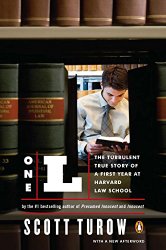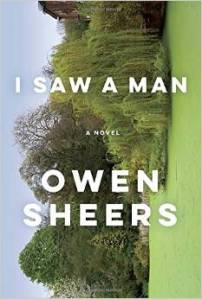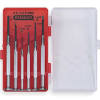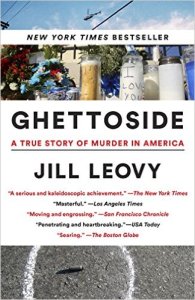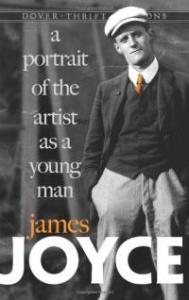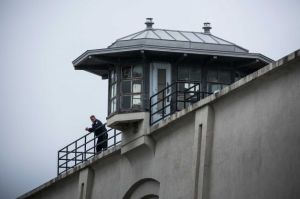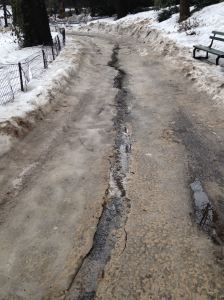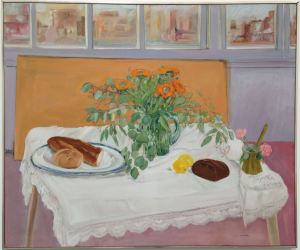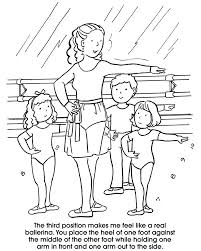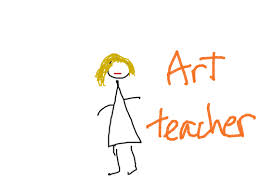First, some corny lawyer jokes (excerpted from the book):
How do you know when a lawyer is lying?
His lips are moving.
What do you know when you find a lawyer up to his neck in concrete?
Someone ran out of concrete.
How do you know that God, who created the world out of darkness and chaos, was a lawyer?
Because he made darkness and chaos first.
The first time I read One L, Scott Turow’s memoir rewritten from a journal he kept during his first year at Harvard Law School (first year law students are referred to as 1Ls), I was an undergrad student and had just completed two semesters of Business Law. Thumbing through One L while waiting on line at the college book store, it grabbed me from page 1.
I enjoyed and did well in Business Law and seemed to have an affinity for legal thinking. I even enjoyed the exams. Exam questions were were presented like intellectual puzzles. A case was summarized and the multiple lists from which to choose the correct answers were intricately nuanced. Settling on the correct response required knowledge, deeply considered reasoning and an understanding of how the law worked.
I guess that’s what prompted me to re-read One L. I’m a proponent of reading good books more than once. During a first read, there is a great deal of information to absorb. The second visit, then, offers a more comprehensive read. Familiarity with the story and plot allows you to focus more attention on the details. A seemingly minor detail noted the second time around (or, perhaps, briefly overlooked during the first read or unremembered) will often elicit a joyful revelation or aha moment. Such discoveries are the rewards bestowed on you by the act of re-reading. If many years have passed since first reading the book, the life experience you bring with you upon the second reading enriches your experience and understanding.
This describes my experience of re-reading One L.
Working in a law firm for the past 5+ years, I was able to more fully appreciate lawyers and what first year law students have to endure, or, at any rate, if they attend Harvard Law School (HLS). Year 1 at HLS is an arduous, torturous, frustrating and reliably miserable period of intense study and exhaustion. All-nighters, enervating self-doubt, no free time at all, and constant tension and fear of being cited as unprepared in class further characterize the first year.
To be admitted and stay the course at HLS you must, first, have aced the LSAT, love the law and possess the intellectual faculties to earn top grades (As).
The good news is, after the first year, 2Ls and 3Ls have an easier time of it. If, however, a 2L student is exceptional enough to possess the aforementioned qualities and also make the Harvard Law Review (which in itself requires a commitment of 50 hours a per week of additional work), that student will be guaranteed a position at a top law firm upon graduation. And a boatload of money — which is a prime motivator for many HLS grads.
For a cinematic rendition of HLS, and before I re-read One L, I re-watched a classic Hollywood film called, The Paper Chase (it’s a favorite of mine — and available for viewing in its entirety on YouTube). The film came out in 1973. This is a great clip:
Re-watching the film prompted me to read One L again. I downloaded the ebook and breezed through it in no time. The difference between the early publication of the book and the most recent is that Turow has included an epilogue.
The experience of re-reading One L shortly after re-watching The Paper Chase left me astonished at the similarity of the dramatic elements and personalities shared by the memoir and film. Wondering if One L had been optioned for the film, I googled to find out.
The Paper Chase, I learned, was actually adapted from a novel written in 1970 by John Jay Osborn, Jr., who also attended HLS., and was a direct descendent of Supreme Court Justice John Jay (another attendee of HLS) — after whom John Jay College in N.Y. is named.
The telling of these three stories of HLS are uncannily similar. I’ll leave you to draw your own conclusions.
I now realize that my enjoyment of Business Law was that of a dilettante. I was dabbling. I would never have withstood the trials and tribulations of law school. My employment at a law firm (which I will resume at the end of this month after 3 weeks of physical therapy) is about as much as I can stand of the law. The tedium of the work sometimes drives me mad. As do the many rules and regulations to be remembered and recited; the bureaucracy to wade through; the eye-tearing repetition. Forms, forms and more government forms.
A few months ago, a member of the firm wrote this in a email to me, designed to cheer me up: A poor day at the ofice is better than a good day on a broken ankle. Spoken like a lawyer.
So doesn’t it make perfect sense that Scott Turow abandoned the legal field to pursue writing novels. Before HLS, Turow had attended Stanford University as an English major. He left a tenured position teaching English at that same university to enter HLS. Eventually, he returned to his first love — literature — and, as we know, has enjoyed enormous success.
If you work for 8 hours a day, it is important to love what you do. But life is not that simple. Responsibility is always nipping at your ankles. There are bills to pay, health insurance, keeping your body fed, internet service…and so it goes.
At the end of the movie Annie Hall, the Woody Allen character sums it all up with a joke:
This guy goes to a psychiatrist and says, “Doc, my brother’s crazy. He thinks he’s a chicken.”
And the doctor says, ‘Well, why don’t you turn him in?”
The guy says, “I would, but I need the eggs.”
